Siemensbahn operated as a peripheral station, and its existence came to be due to the increasing work force that desperately needed some form of transport. And to the rescue came the brainchild of Werner von Siemens, Johann Georg Halske and Johann Georg Siemens that became known as Siemens & Halske Company.
They generously invested both time and money into this project, yet they were not alone in this endeavor.
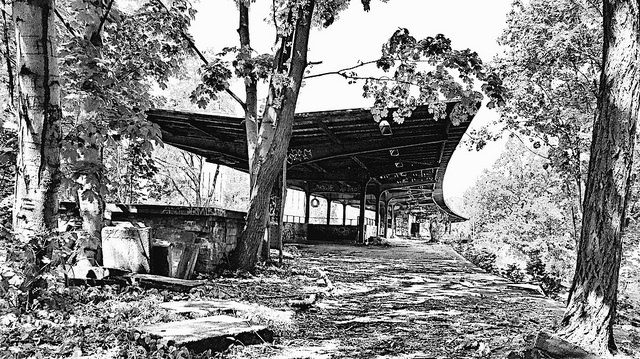
They were in constant communication with the Prussian state railways and did everything as the city of Charlottenburg requested. Pretty soon it was completed and had its first working day on 1 June 1905. Back then during its early stages, it was known by a different name – Haltepunkt.
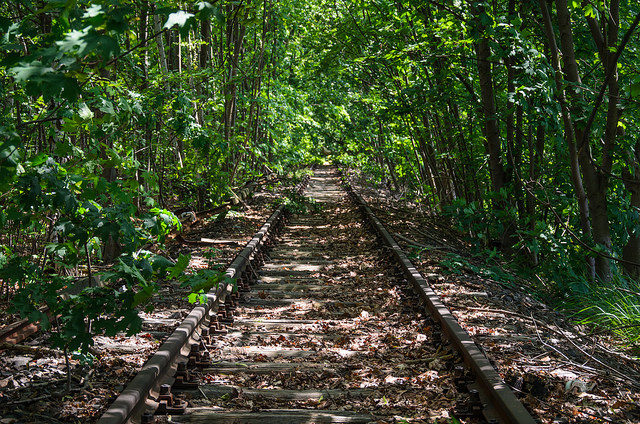
It was a busy station and at one time it had to process almost 30 trains per day, trains that were on their way from Spandau to Strausberg. Everything ran smoothly but the station had one major problem. It was getting beyond crowded during the period in which the workers were changing shifts.
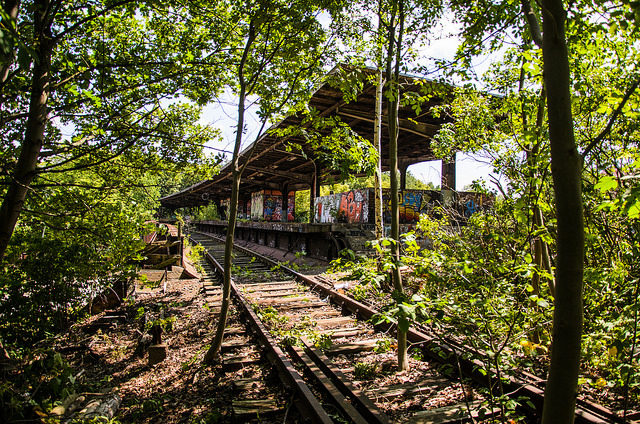
The solution was to add another platform and they did so in 1907. They even added a reversing facility. Four years later another reversing facility was added and this time to the Putlitzstraße Station. The results from this investment in constructing reversing facilities were that the overall traveling time between the two stations was reduced considerably; it took less than 5 minutes.
The station performed beyond expectations. Knowing this, the Siemens & Halske Company decided to create another railway just across the existing tracks. The new railway would begin at northern Ringbahn and end in Fürstenbrunn.
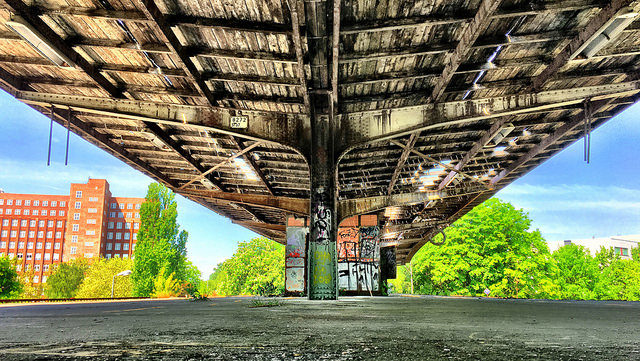
Once completed the new station would have had another platform and additional reversing facilities that would decrease the average travelling time even more. Unfortunately, this idea never went past the blueprint phase for the First World War made it all impossible.
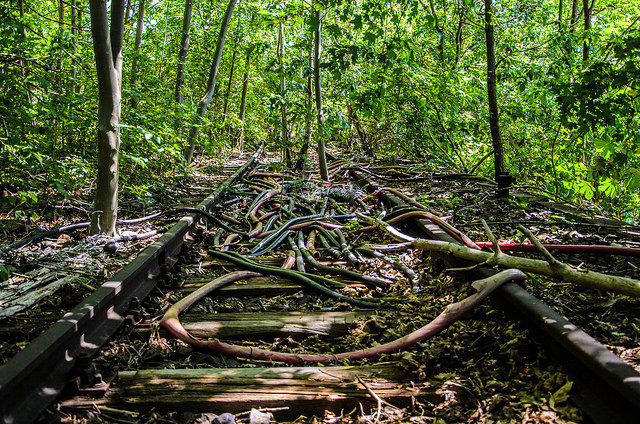
During the Second World War naturally, everything was put on hold once again, including this station. Part of the train track was damaged during the bombing of Berlin, but once the red army came, they replaced one the once concrete bridge with wood.
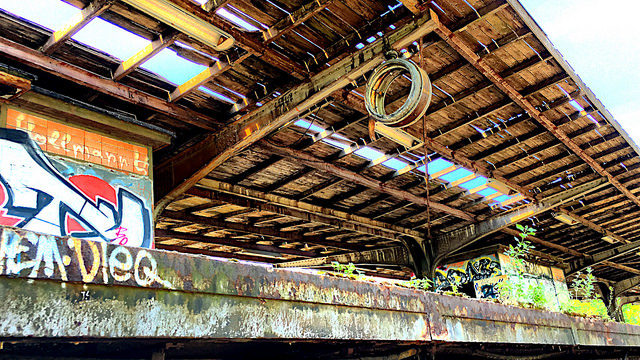
And the reason for it was so that they can transport some of their weaponry. With time the scarred bridge was fixed and work return to normal. During the following years the station kept operating at a satisfactory level. In the first quarter of the 20th century the station received a different name and became known as Siemensstadt-Fürstenbrunn.
Up until the 1950s, trains were pulled by steam locomotives that had their starting and ending at a different station named Lehrter Bahnhof. During the years that followed part of the railway, most notably the Jungfernheide–Spandau section, was electrified.
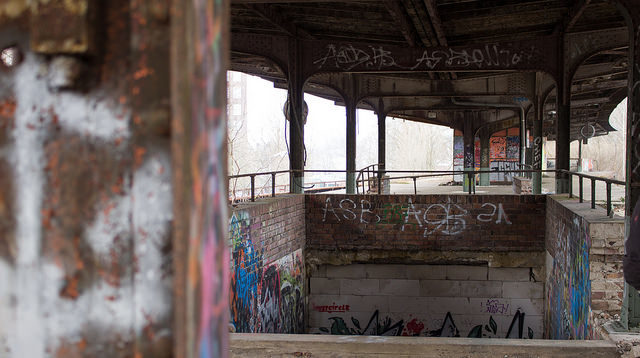
With time and for a number of reasons, Berlin was split in two by a wall creating two halves named East and West Berlin. This move and several other problems are what subsequently killed the train station. The wall itself contributed to the dramatic fall of passengers so much so that during the 1970s the station served only 70 passengers per day at best.
But nonetheless, the station kept fighting for survival. And then came another blow in a form of a general strike. The workers from the west side of Berlin working at Deutsche Reichsbahn were the reason for the closing of the Jungfernheide–Spandau section of the railway.
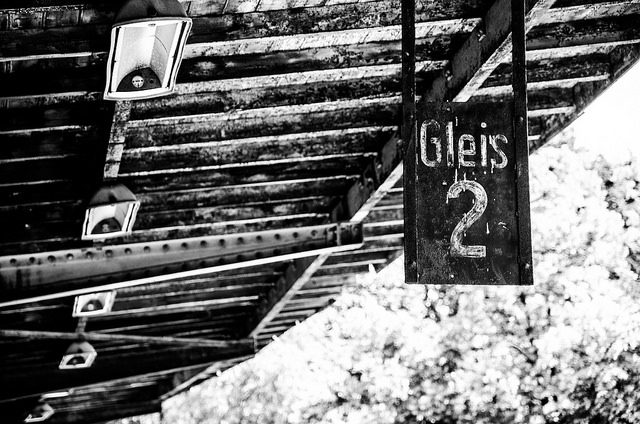
And this happened on 17 September 1980. What followed was the decline and the inevitable abandonment. But it seems that Siemensbahn might be reborn again, for a group of scholars came up with a plan that can bring the destroyed station back to life. Their idea is to follow the example of New York’s elevated train tracks.
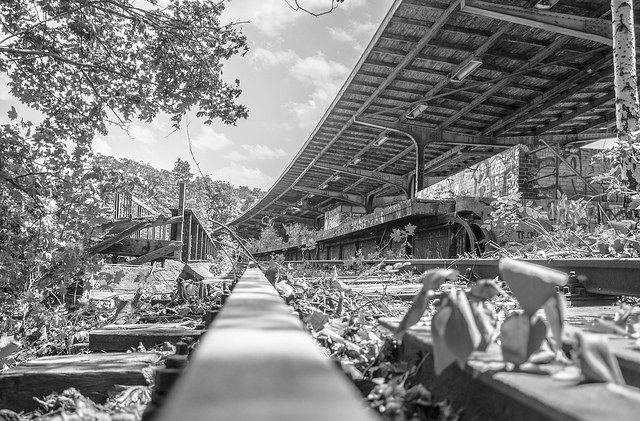
The future remains uncertain for this station. Will it get to be reborn once more or will it remain to be silent, only time will tell.
